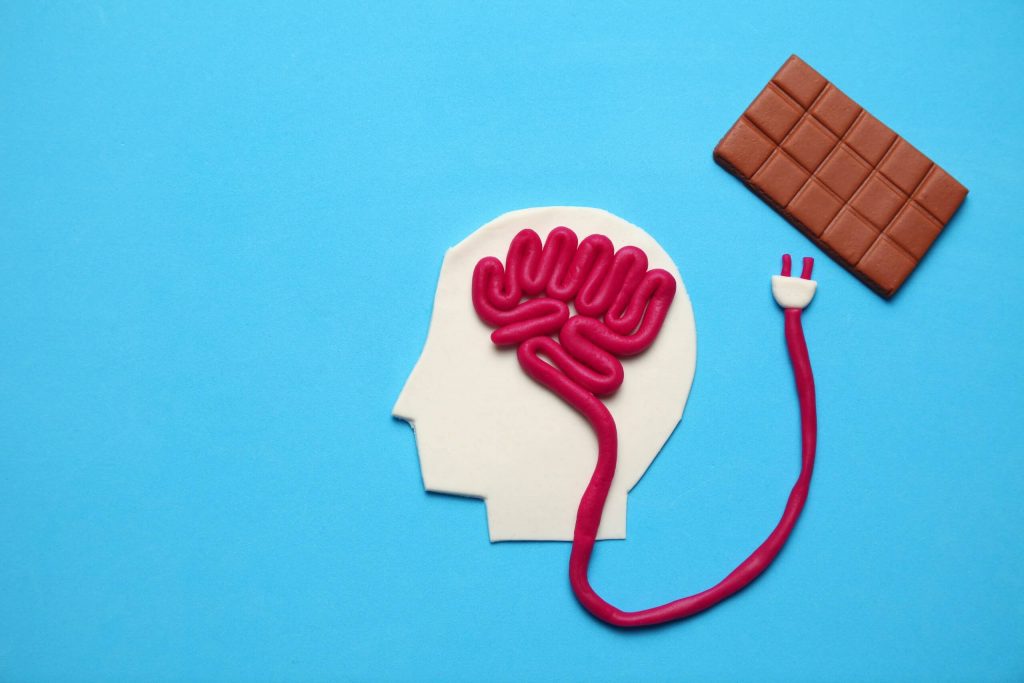Type 3 Diabetes – New Alzheimer’s Drug Targets Blood Sugar Regulation
Is Alzheimer’s disease essentially a third type of diabetes?

The human brain requires glucose to function. In fact, glucose is your brain’s primary energy source to fuel cognitive functions like learning, memory, and attention. While your brain represents just two percent of your body weight, its 86 billion neurons use 20 percent of your body’s total energy. Because the brain is your body’s most glucose-thirsty organ, any change in how your body processes sugar has a big effect on your brain function.
“You don’t want your blood sugar to go really high or really low,” said Dr. Shannon Macauley, an assistant professor of internal medicine in gerontology and geriatric medicine at Wake Forest University School of Medicine. “It’s like a car: You don’t want to rev the engine or slam on the brakes because that causes wear and tear. Keeping the engine [your blood sugar levels] running at a consistent level is important for brain health and certainly seems to be helpful in Alzheimer’s disease.”
For many years, researchers have acknowledged the risk of Alzheimer’s disease in people with diabetes – a chronic, metabolic disease characterized by elevated levels of blood glucose. Diabetics have a two-fold increased risk of getting Alzheimer’s, and almost 70 percent of people with Type II diabetes ultimately develop the neurodegenerative disease.
A team of researchers led by Dr. Erik Johnson, assistant professor of neurology at Emory University, has examined the relationship between Alzheimer’s and glucose. His team analyzed patterns in more than 2,000 human brains and nearly 400 samples of cerebrospinal fluid from both healthy people and those with Alzheimer’s disease.
One of their findings suggested that proteins known to regulate glucose metabolism are associated with Alzheimer’s disease. “With PET scans in the clinic, we see very typical patterns in Alzheimer’s disease where the glucose metabolism is different [from that of healthy individuals].” Dr. Johnson explained. “It’s low in Alzheimer’s disease.”
The two main pathologies in Alzheimer’s disease are build-ups of beta-amyloid protein plaques and neurofibrillary tangles found inside the brain. “If you’re on a highway and the cars can zoom down it, everything goes great.” Dr. Macauley said. “But if you put one of those cement blockades in the middle, which is in essence how I think of an amyloid plaque, then the cars [in this analogy, the neurons] can’t pass or communicate.”
She went on to explain that the brain likes to have energy on demand to complete any given task. But when it is met with excess sugar, or chronically high blood sugar, the brain becomes too excitable and starts firing without cause.
“Everybody’s seen what happens when you give a toddler cotton candy. That’s legitimately your brain going crazy because your brain can’t store that energy,” Dr. Macauley explained. “When it does that, then too much amyloid beta is made. It just gets stickier and makes these plaques in the brain.” While the process happens over time, she said, having poor blood sugar control can build plaques and tangles more quickly than someone with stable blood sugar would have otherwise.
Researchers previously relied on beta-amyloid and tau biomarkers when diagnosing Alzheimer’s disease, which Dr. Johnson described as difficult to affect through interventions. These new findings, which show changes in sugar metabolism, could provide a new measurement for researchers to use in clinical studies to assess whether a drug or intervention is helping a patient earlier in their diagnostic journey.
Knowing this, it’s no surprise Alzheimer’s researchers are doubling down on a new drug that regulates glucose in hopes of better managing the disease. After a year on hiatus due to COVID-19, clinical trials for a new oral drug called T3D-959 have recently resumed. Research centers participating in the trial have recruited 45 people in their first month and hope to reach a goal of 250 by the end of 2021.
According to Dr. Craig Curtis, a physician who has been researching Alzheimer’s for over 25 years and who is currently serving as the trial’s medical monitor, the “T3D” in the drug name stands for Type 3 Diabetes. He said the drug developers decided to use the initials in hopes of showing the link between regular diabetes and the possibility that Alzheimer’s disease may be akin to a third form of diabetes.
“What’s interesting about this drug is it was initially developed for diabetes,” Dr. Curtis said. “But this drug, unlike other ones, happens to affect a particular receptor in the brain. That’s why we think it is a great molecule to try for this disease.”
The hope is that if it can slow down the disrupted glucose metabolism process, so too could it slow down the progression of Alzheimer’s disease. “As Alzheimer’s ravages the brain, we know that the ability for brain cells to receive glucose is disrupted, which is a huge problem in not only Alzheimer’s disease, but other neurological diseases as well,” Dr. Curtis said. “This drug essentially helps the brain to take up glucose and it helps the insulin that is there work better.”
While it’s too early to discuss the outcomes of this particular trial, Dr. Curtis, who has personally run more than 150 drug trials, has high hopes. “We don’t see medicines that are so elegant and so promising,” he said. “This is a really unique molecule in the way it works, where it works, and what it does, so I’m very excited.”
To learn more about the T3D clinical trial, and to see if you might qualify to participate in it, call Charter Research at 352-775-1000.